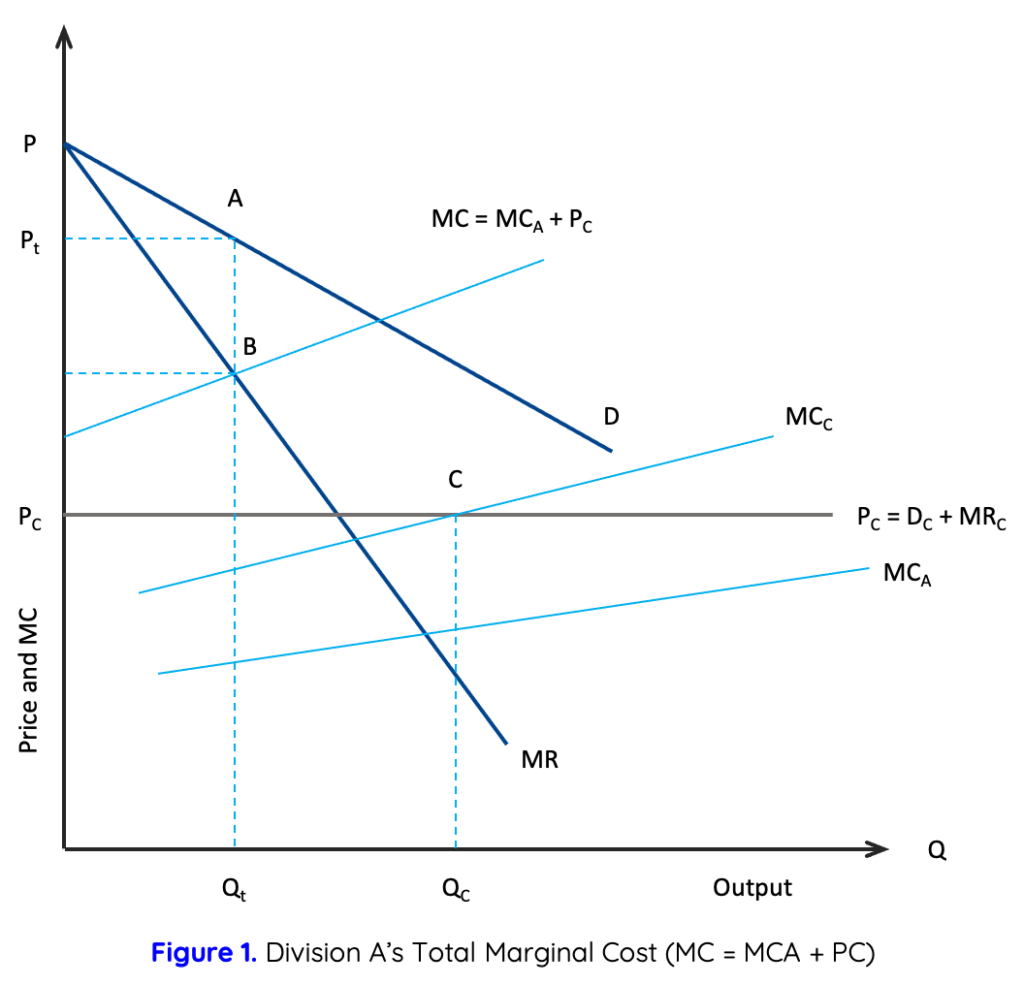On 16 November 2020, Ministerial Regulation No. 369 (B.E. 2563) Re: Adjustment of Income and Expenses for Related Companies or Partnerships (the “Regulation”) was published in the Government Gazette. The Regulation clarifies transfer pricing rules and prescribes methods to be used by the Revenue Department in adjusting a company’s income and expenses.
Transfer pricing regulations in Thailand

In Thailand, any company with an annual total income of at least 200 million baht which has transacted with related entities must file a Transfer Pricing Disclosure Form– essentially, a report which shows the nature of transactions between related entities– in each accounting period with their corporate income tax returns. This is required regardless of whether or not the relationship exists throughout the entire accounting period, and whether or not the related parties had inter-company transactions throughout the year.
Transfer pricing in Thailand was introduced by Departmental Order No. Paw. 113 B.E. 2545 (2002), which served as a non-binding set of guidelines for determining market price based on the OECD’s arm’s length principle. In order to strengthen the regulation of transfer pricing in Thailand, amendments regarding transfer pricing were added to the Revenue Code (under Section 71 bis) in November 2018, taking effect on 1 January 2019. The amendments were designed to bring Thailand’s legal framework into compliance with international standards on how market price is determined, and to reduce opportunities for tax evasion between related entities within an enterprise.
According to section 71 bis (2) of the Revenue Code, a “related entity” means:
1. An entity (or a shareholder or partner of an entity) that holds directly or indirectly a minimum of 50% of the total share capital of another entity.
2. An entity that is related to another by way of capital, management, or power to control, and that cannot perform independently from the other entity.
Transactions between related entities with different financial or commercial terms than those undertaken with unrelated parties under similar circumstances, and which appear to be for the purpose of tax avoidance, will come under the scrutiny of the Revenue Department. As a result, tax officers may adjust the taxpayer’s income and expenses.
Commercial or financial terms
The Regulation defines “commercial or financial terms” under section 71 bis of the Revenue Code as any terms, contracts, or agreements regarding the sale of goods or services, marketing, advertising, loan activities, financial support, financial collaboration, or other commercial or financial activities, independent of whether such transactions are made in writing.
Under the Regulation, transfer pricing regulations will apply to commercial or financial terms between related entities if the terms differ from those normally used and are believed to have resulted in a transfer of profits. Specifically,
1. The company transacted with a related entity under different commercial and financial terms than those which would normally apply to an unrelated/independently operating company; and
2. The transfer of profits occurred through any of the following means:
✓ The prices of products or services, or the conditions for payment, are different from the terms which would be used in transactions involving the sale or purchase of the same type of product or service with an unrelated party.
✓ The interest, financial service charges, or other financial fees which the related entities pay or receive are different from the terms which would be used in similar transactions with an unrelated party.
✓ Other income and expenses in transactions between the related entities differ from the terms which would be used in transactions with an unrelated party under similar circumstances.
Methods for adjusting revenue and expenses
If a tax officer finds that transfer pricing abuses occurred, they are empowered to adjust a company’s revenue and expenses in order to calculate assessable income or taxable net profit and allowable deductions. The following methods will be used to deduce the amount of revenue/expenses that should have been receivable/payable in related-party transactions:
1. Comparing the revenue and expenses paid and received in the related-party transaction with the revenue and expenses generated by the company when undertaking the same transaction with unrelated entities.
2. Comparing information about the related-party transaction to information about the same transaction undertaken between other companies, regardless of whether the transaction occurs in Thailand, overseas, or between companies incorporated under Thai or foreign laws.
Further details about methods and criteria will be announced by the Revenue Department in subsequent notifications.